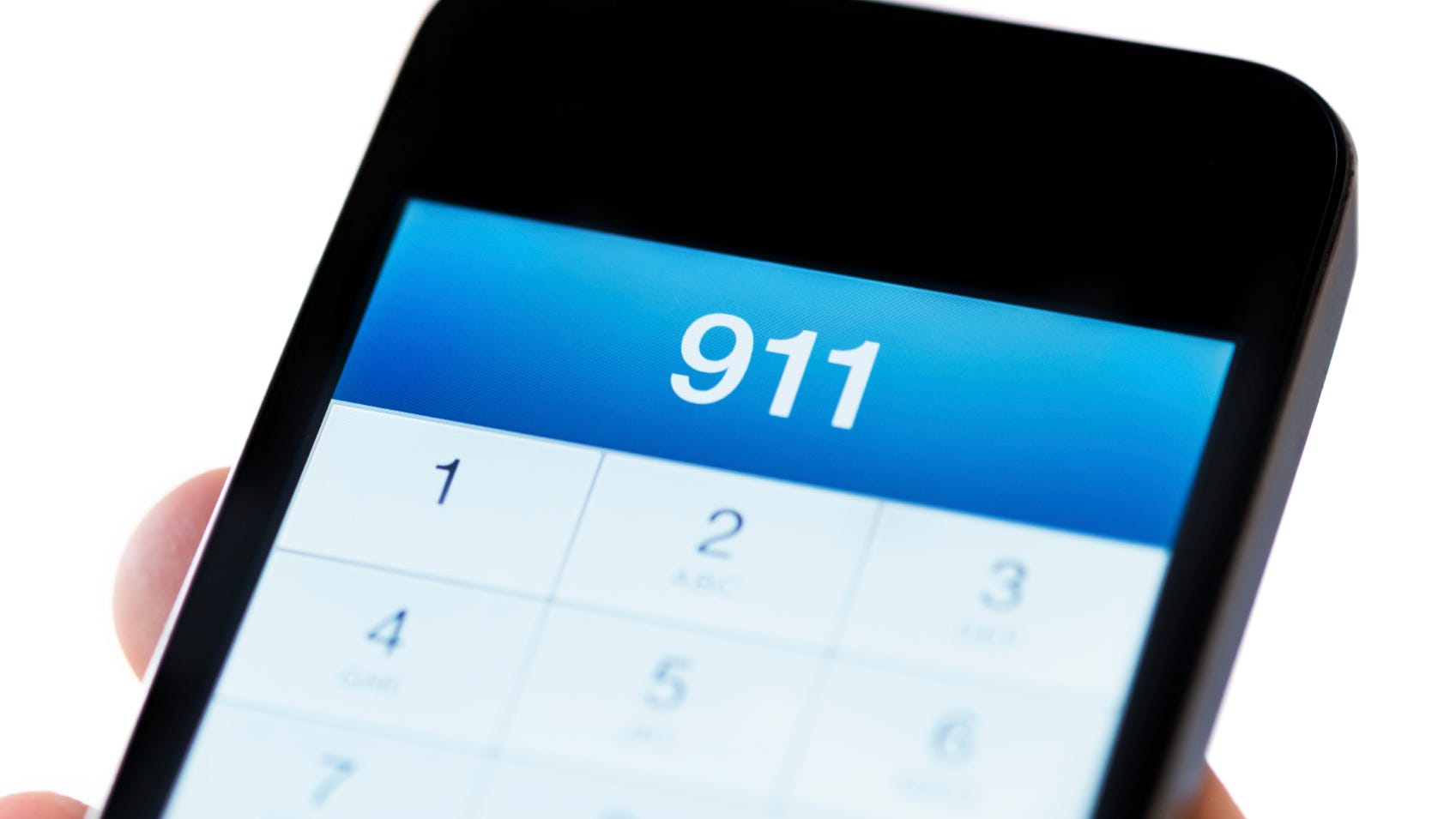In a world increasingly enveloped by rapid technological advancements, one might playfully wonder: Can you text 911? This question might strike some as peculiar, but in an age where communication often occurs at the tap of a finger, it carries significant implications for public safety. As emergency response systems evolve, understanding the nuances of texting for help becomes imperative.
Traditionally, dialing 911 remains the widely accepted method for summoning emergency services. When seconds count, the instinct to reach for a phone and speak directly to a dispatcher is ingrained in our psyche. However, numerous jurisdictions across the United States have adopted text-to-911 services, adding a new dimension to emergency communication. This innovation caters particularly to individuals who might be unable to make a voice call due to various circumstances, such as being in a dangerous situation or having a hearing impairment. But, herein lies a challenge: not all areas offer this service. Thus, before relying solely on text messaging as a lifeline, it is crucial to verify whether your local emergency services support it.
For those in regions where texting 911 is viable, understanding the best practices is paramount. When initiating a text, clarity and brevity are crucial. Begin with your location, and specify the nature of the emergency succinctly. Instead of lengthy explanations, focus on delivering key information that can expedite a response. For example, a simple, “Emergency at 123 Main St. Intruder in my home,” conveys urgency swiftly. Moreover, refrain from using emojis or abbreviations, as these could hinder the ability of dispatchers to understand the situation accurately.
Yet, one must also acknowledge potential pitfalls. A texting interface is inherently different from speaking—a delay in sending or receiving messages can occur, and complicated issues may not translate effectively through text. Furthermore, mobile service outages and poor connectivity can severely limit effectiveness in emergencies. Therefore, while it presents an exciting alternative, reliance on text communication must be approached with caution and awareness of its limitations.
In conclusion, the question of whether you can text 911 is not merely a playful inquiry; it calls for a deeper examination of how we adapt to modern communication methods in the sphere of emergency response. Understanding the available tools and their limitations can make the difference between safety and peril. Always remain informed about local protocols, for what might seem like an everyday action in the digital age could ultimately signify a lifeline in critical moments.
